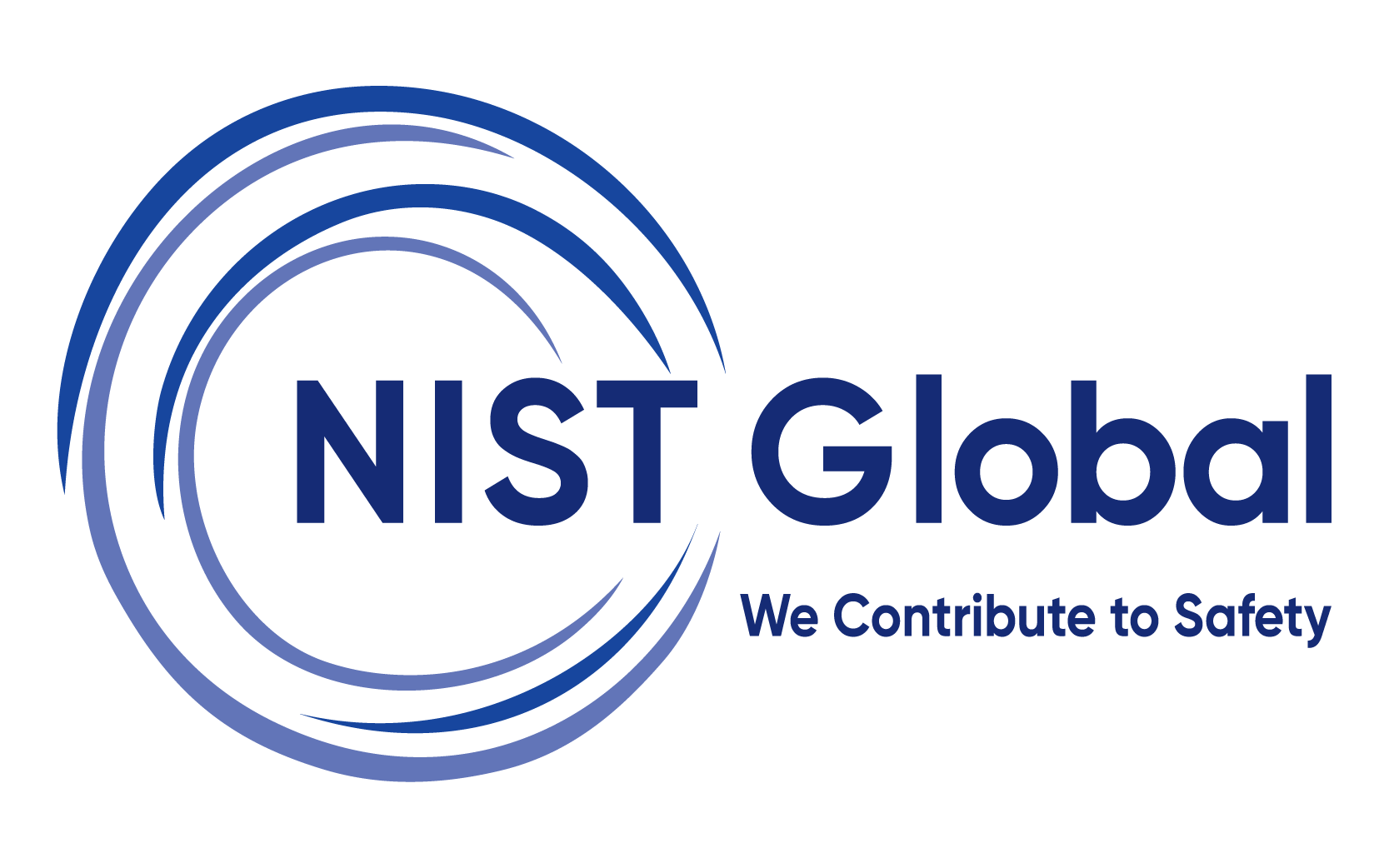Ergonomics
Ergonomics training is one which involves designing for People in a practical, scenario-driven that helps employees and supervisors spot, assess, and fix ergonomic risks that lead to musculoskeletal disorders, fatigue, and productivity loss. Interpreting examples from construction sites, factories, warehouses, offices, and schools across India, participants learn to recognize high-risk postures, forces, repetition, vibration, and contact stress, then apply simple redesigns to tools, workstations, and workflows. The course aligns with ISO 45001 principles and emphasizes early reporting, micro-breaks, and safe manual handling to reduce injuries and improve comfort, efficiency on the job.
Ergonomics
Through hazard-spotting activities and hands-on practice, participants set up industrial and computer workstations for neutral posture, plan safer lifting/pushing/pulling with aids, and build quick, low-cost improvements that teams can implement immediately. Participants leave with ready-to-use checklists and coaching tips, an action plan to track discomfort trends, and near-misses, making it easy to sustain ergonomic gains after training.
-
DurationHalf day/ One day
-
Training ModeVirtual/Face to Face
-
LevelBasic/Intermediate
-
LanguageEnglish and other regional languages based on availability
-
ContentThis training program is designed to be modular and flexible, allowing full customization to meet the unique safety requirements, workforce level, and risk profile of the client organization
Why Should Employers Invest in this Training?
- Immediate Business Impact: Cuts MSD-related first-aid/recordables, LTI, and absenteeism, and Improves throughput, quality, and right-first-time by reducing fatigue. Low-cost fixes (layout, height, handles, job rotation), which in turn produce fast payback.
- Compliance & Risk Control: Supports ISO 45001, aligns with OSH Code/Factories Act & BOCW obligations for safe systems & training, Strengthens contractor control and audit readiness with checklists & logs.
- Operational Benefits: Fewer stoppages, smoother schedules, less rework, better tool/workstation fit for diverse workers and shifts. Safer manual handling across the shop floor, sites, warehouses, and offices.
- People & Culture: Higher morale, retention, and reduced turnover of skilled workers and contractors. Encourages early reporting and peer coaching (“see-fix-share” culture). Inclusive design improves access for older/new workers.
- Tendering & ESG: Improves client audits, vendor ratings, and prequalification scores, evidencing H&S performance in ESG reports and customer scorecards.
- Measurable ROI: Track with discomfort surveys, near-miss trends, first-aid cases, OEE, and quality defects.
Training Objective
By the end of this course, participants will be able to recognize ergonomic risk factors (force, posture, repetition, vibration, contact stress), conduct quick assessments (checklists/posture mapping), and apply the hierarchy of controls to redesign tools, workstations, and workflows for neutral posture and safer manual handling. By the end, participants will set up industrial and office stations correctly, plan lifts/push–pull tasks with aids, coach teams on micro-breaks and early reporting, and track improvements using simple metrics (discomfort surveys, near-miss trends, action closure). They will have the clear objective to reduce MSDs, fatigue, and rework while improving comfort, productivity, and compliance with ISO 45001 and Indian OSH/BOCW expectations.
Training Methodology
Instructor-led
Sessions
Group
Discussions
Knowledge
Checks
Final
Assessment
How Will This Training Strengthen Workforce Readiness?
On successful completion of the Ergonomic Training course, the participants will be able to spot and control musculoskeletal (MSD) risks, redesigning tools, postures, and workflows for safer, more efficient jobs.
- Capability & Endurance - Builds correct lifting/push–pull technique, neutral-posture setup, and micro-break habits, raising physical stamina for long shifts and peak seasons.
- Faster, Higher-Quality Work - By reducing awkward reaches and forceful tasks, cutting cycle time, rework, and defects; improves right-first-time on lines and at sites.
- Compliance & Client Confidence - Supports ISO 45001/OSH expectations and strengthens audit readiness, boosting customer trust.
- Lowers Injury Prevention - Where MSDs, first-aid visits, and absenteeism are minimised, thus keeping skilled workers on the floor and projects on schedule
- Boosts Employee Confidence and Morale - Employees feel secure and valued, knowing roles (lift captain/spotter) make team lifts predictable and safe.
Who Can Take This Course?
This course is ideal for
- Shop-floor & Production employees
- Warehouse & Logistics
- Facilities & Housekeeping
- HSE Personnel
Assessment
✅ Multiple Choice Questionnaire (MCQ)
Training Mode
Face to face training
Virtual training

